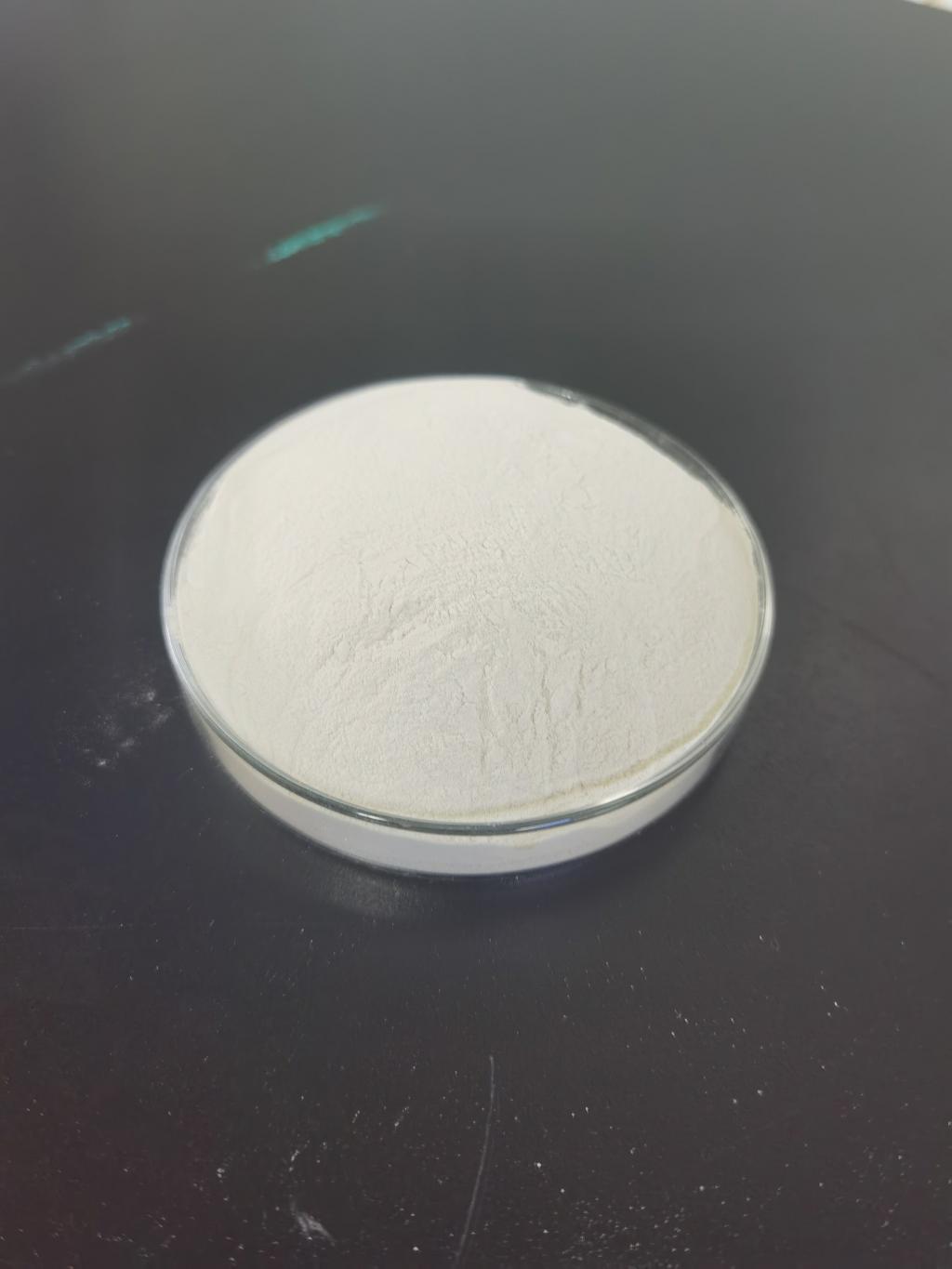Tel:+8618231198596

News
 CONTACT
CONTACT
 CONTACT
CONTACT
- Linkman:Linda Yao
- Tel: +8618231198596
- Email:linda.yao@dcpharma.cn
- Linkman:CHARLES.WANG
- Department:Overseas
- Tel: 0086 0311-85537378 0086 0311-85539701
News
Are there any considerations or limitations when using Nisin in products with a high fat content?
TIME:2023-06-15
Introduction
High-fat products, such as dairy, oils, and fatty spreads, pose unique challenges for incorporating antimicrobial agents like nisin. Fat matrices can influence the solubility, stability, and effectiveness of nisin, necessitating careful consideration when using this natural antimicrobial peptide in high-fat products.
Solubility of Nisin in Fat Matrices
Nisin is water-soluble, but its solubility in fat-based matrices is limited. The hydrophobic nature of fats hinders the dispersion and distribution of nisin, affecting its overall effectiveness. Strategies to enhance nisin solubility, such as using surfactants or emulsifiers, may be required to ensure adequate dispersion throughout high-fat products.
Stability of Nisin in Fat Matrices
Fat oxidation and interactions with fat components can impact the stability of nisin in high-fat products. Oxidative processes may degrade nisin, reducing its antimicrobial efficacy over time. Additionally, interactions with fat molecules can alter the conformation and functionality of nisin, further affecting its stability. Proper formulation techniques, packaging considerations, and antioxidants may be necessary to preserve the stability of nisin in high-fat matrices.
Effectiveness of Nisin in Fat Matrices
The efficacy of nisin as an antimicrobial agent in high-fat products can be influenced by several factors. The presence of fat may interfere with the penetration of nisin into microbial cells, reducing its antimicrobial activity. Additionally, interactions between nisin and fat components, such as proteins or emulsifiers, may hinder its ability to disrupt bacterial cell membranes effectively. Understanding the impact of fat on nisin's effectiveness is crucial for determining appropriate dosage levels and application techniques.
Interactions and Sensory Impacts
Incorporating nisin into high-fat products can potentially lead to interactions with other ingredients, affecting product quality and sensory attributes. Nisin may interact with fat components, proteins, or emulsifiers, resulting in changes in texture, flavor, or appearance. Sensory evaluations and formulation adjustments are necessary to minimize any negative sensory impacts and ensure consumer acceptance.
Considerations for Product Formulation
When formulating high-fat products with nisin, several considerations should be taken into account:
a) Compatibility: Compatibility between nisin and fat-based ingredients, including emulsifiers or stabilizers, should be assessed to prevent formulation issues and maximize antimicrobial efficacy.
b) Dosage Optimization: Determining the optimal dosage of nisin in high-fat products is essential to ensure effective microbial control while minimizing any potential negative effects.
c) Storage Conditions: Proper storage conditions, such as temperature and light exposure, should be considered to maintain nisin stability and prolong its shelf life in high-fat matrices.
d) Regulatory Compliance: Compliance with regulatory requirements regarding the use of nisin in high-fat products must be addressed, ensuring adherence to permitted levels and labeling guidelines.
Future Directions
Further research is needed to overcome the limitations associated with using nisin in high-fat products. Investigating novel delivery systems, exploring encapsulation techniques, and understanding the interactions between nisin and fat matrices will provide valuable insights for optimizing the application of nisin in high-fat product formulations.
Conclusion
Utilizing nisin in high-fat products as a natural antimicrobial agent requires careful consideration of its solubility, stability, effectiveness, and potential interactions. Understanding these limitations and implementing appropriate formulation strategies is crucial for maintaining antimicrobial efficacy while preserving product quality. Addressing these considerations will contribute to the successful integration of nisin in high-fat products, promoting food safety and extending shelf life.
- Tel:+8618231198596
- Whatsapp:18231198596
- Chat With Skype







